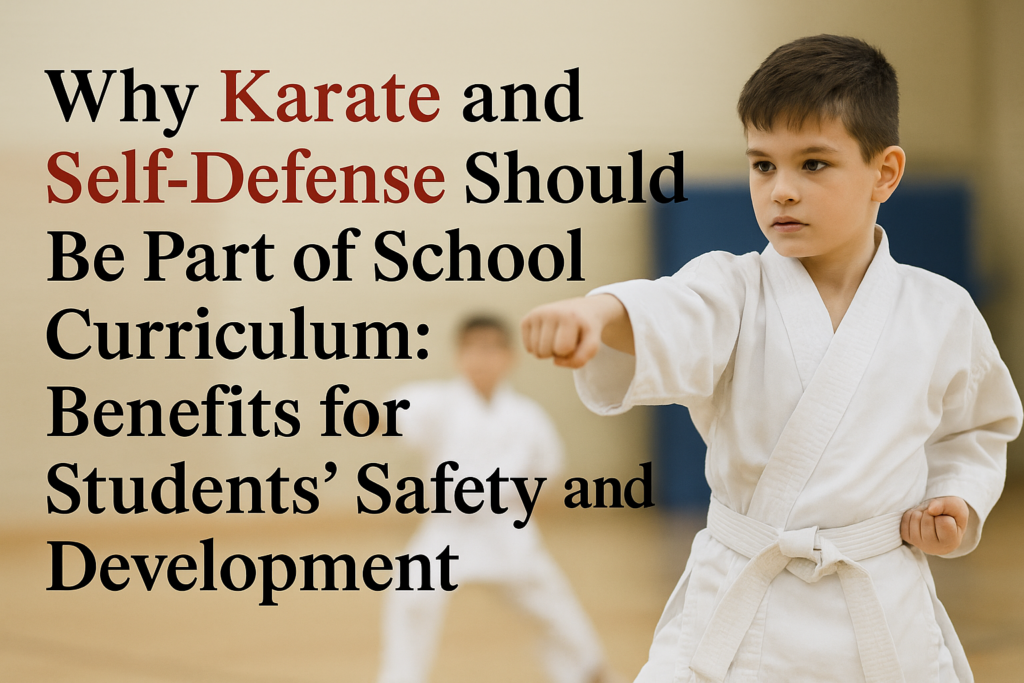Should Karate and Self-Defense Be Included in Education?
In today’s world, where safety and self-awareness are increasingly vital, the inclusion of karate and self-defense training in school curriculums is more relevant than ever. With rising concerns over bullying, gender-based violence, and mental health, teaching students how to defend themselves is not just a physical skill—it’s a psychological and emotional boost as well. But should such training be mandatory in schools? Let’s explore the multifaceted benefits of integrating karate and self-defense into education.
Empowering Students with Confidence and Discipline
One of the most significant advantages of karate and self-defense classes is the increase in self-confidence and discipline. Martial arts instill values like respect, patience, and perseverance. These are essential qualities not just in combat scenarios but also in academic and social environments. Students learn how to manage stress, set goals, and stay focused—skills that translate into improved performance in all areas of life.
Improving Physical Fitness and Mental Health
In a time when sedentary lifestyles are becoming the norm among youth, incorporating karate into physical education offers a dynamic alternative to traditional sports. It promotes flexibility, strength, coordination, and cardiovascular health. Moreover, regular martial arts training has been linked to reduced anxiety, better mood regulation, and increased resilience. These benefits contribute to overall student wellness, enhancing their ability to focus and succeed in academic tasks.
Fostering a Safer School Environment
Contrary to the misconception that martial arts promote aggression, structured karate and self-defense programs emphasize non-violence and conflict resolution. Students are taught to use their skills as a last resort, focusing on de-escalation and awareness. By fostering a culture of mutual respect and safety, schools can reduce incidents of bullying and peer conflict.
Teaching Lifelong Safety Skills
Self-defense training equips students with practical knowledge about situational awareness, personal boundaries, and how to react in dangerous scenarios. These are lifelong safety skills that extend beyond the classroom. Especially for female students, such training can be empowering and potentially life-saving.
Challenges to Implementation
Despite the numerous benefits, introducing karate and self-defense into education does come with challenges. These include finding qualified instructors, integrating lessons into already packed schedules, and ensuring safety during practice. However, with proper planning and collaboration with martial arts professionals, these hurdles are surmountable.
Conclusion: A Worthy Investment in the Future
Incorporating karate and self-defense into school curricula is more than a physical training program—it’s an investment in student well-being, safety, and personal development. As educators and policymakers seek holistic approaches to education, martial arts offer a valuable tool for nurturing disciplined, confident, and capable young individuals.
Including karate and self-defense in education is not just about fighting skills—it’s about empowering students to stand strong, both mentally and physically, in all areas of life.



